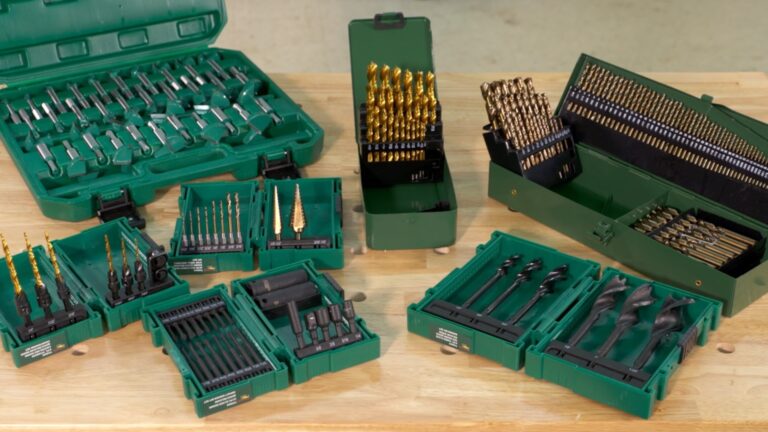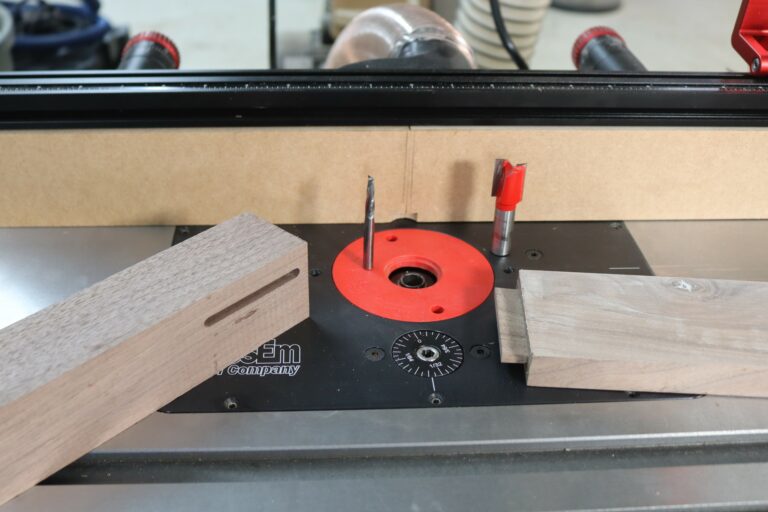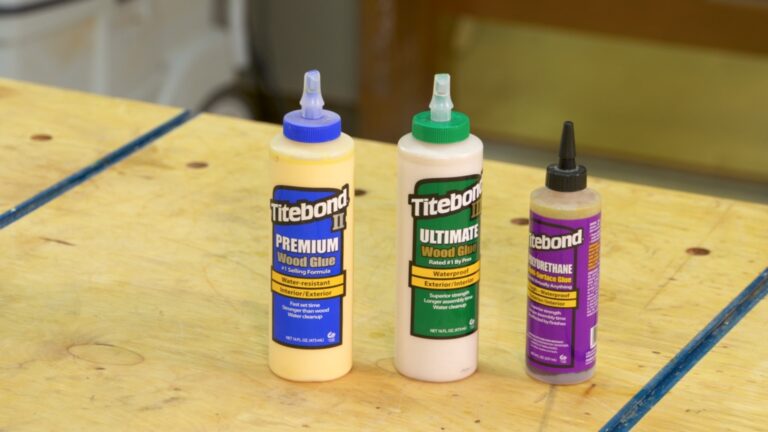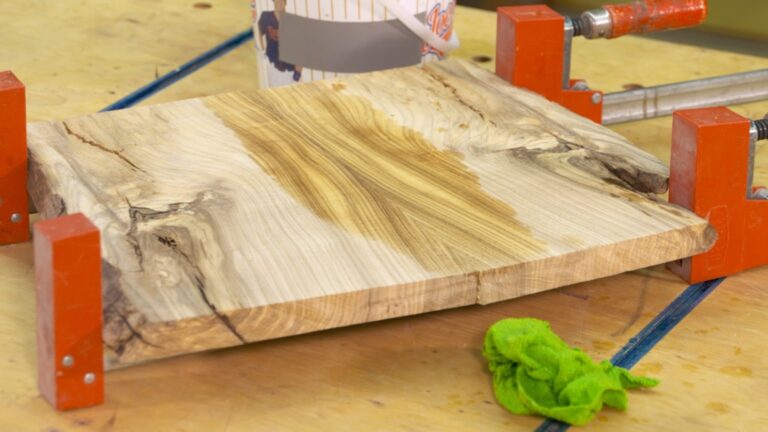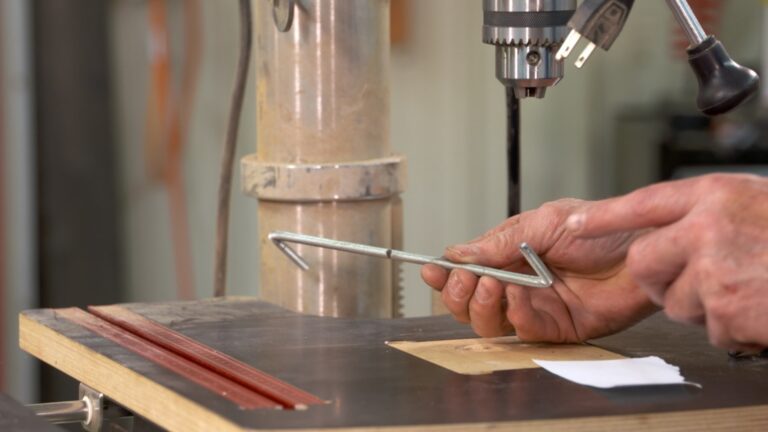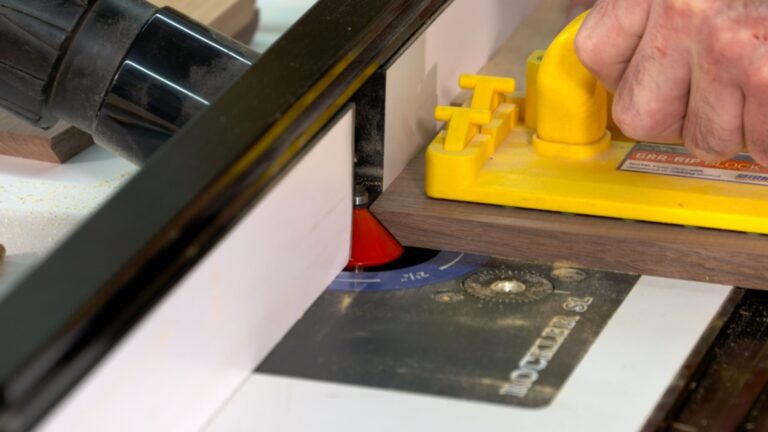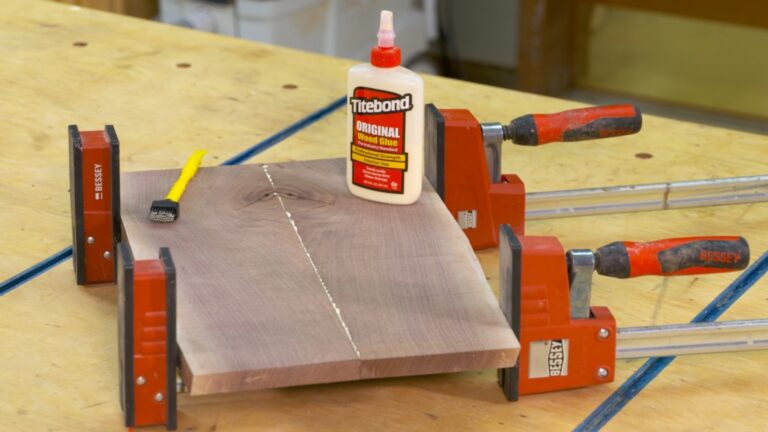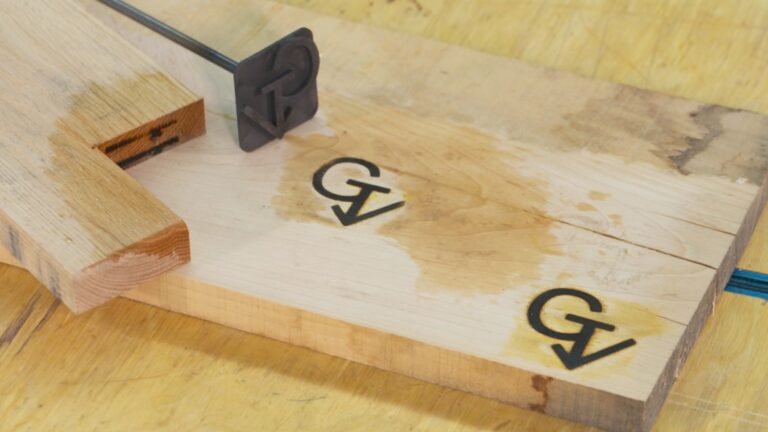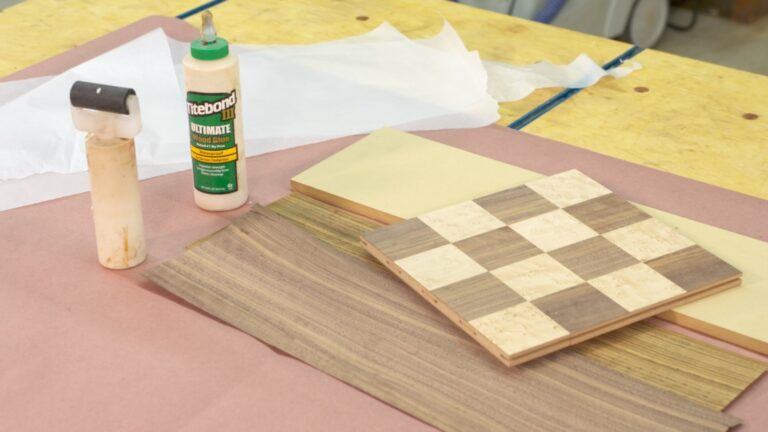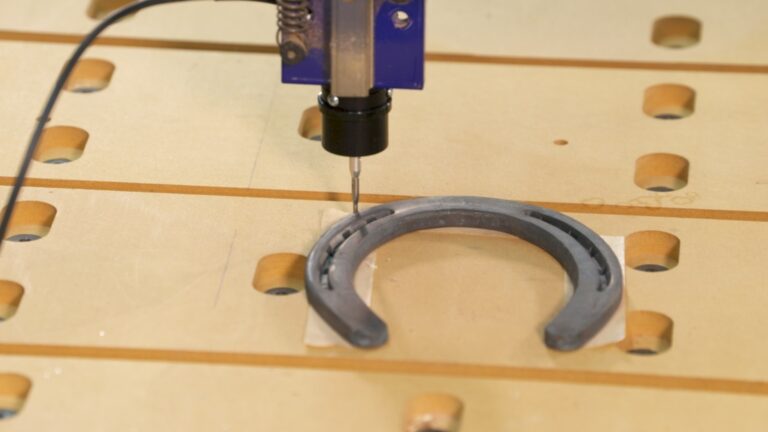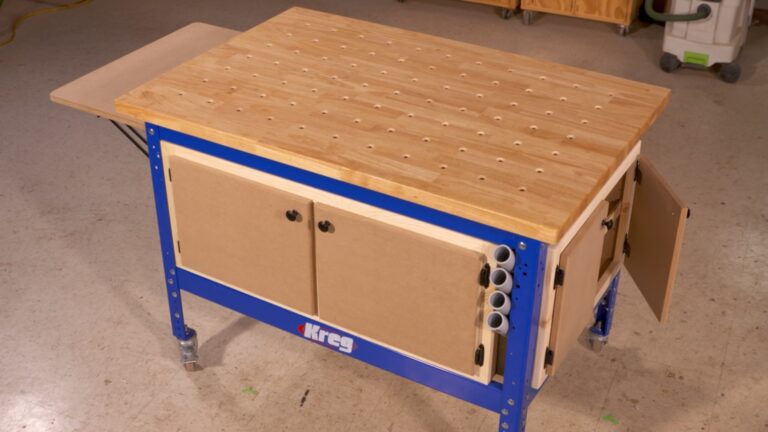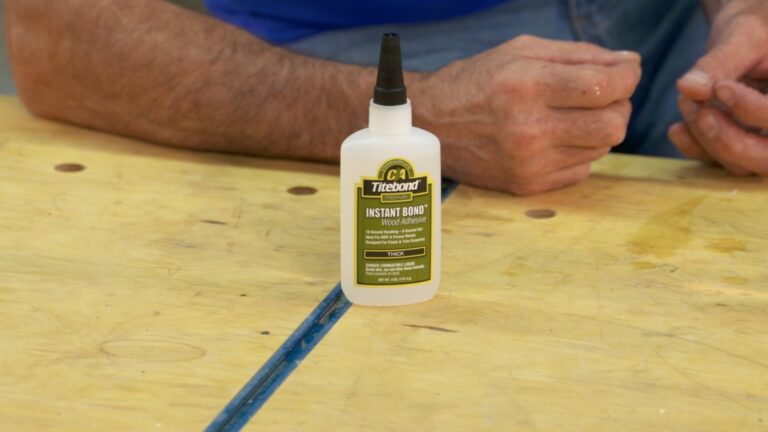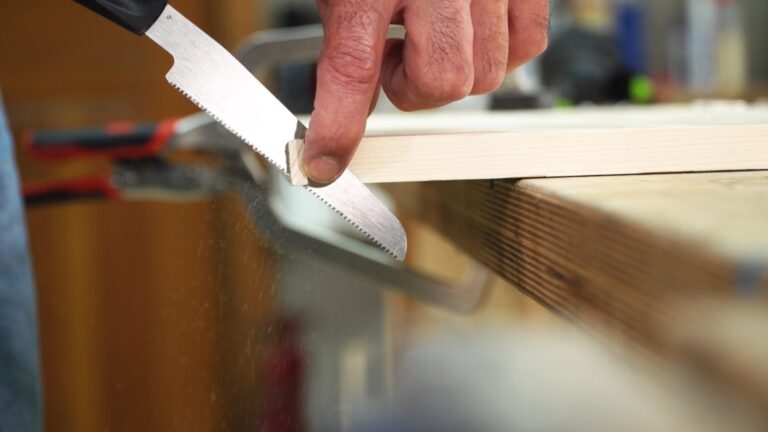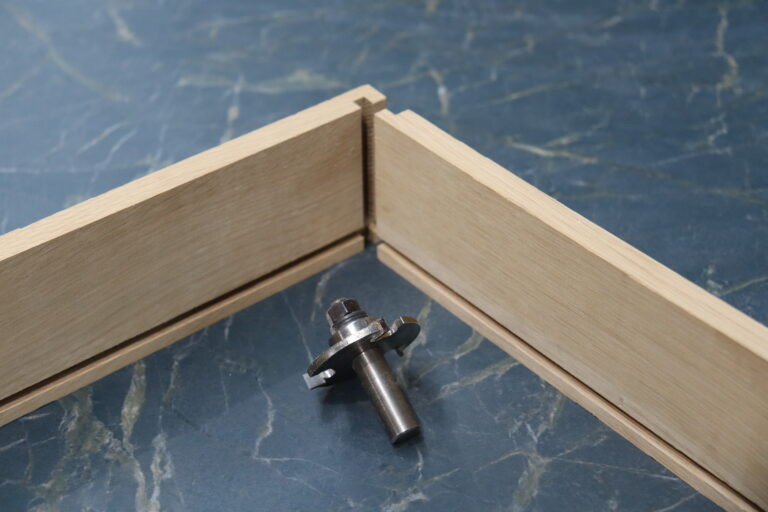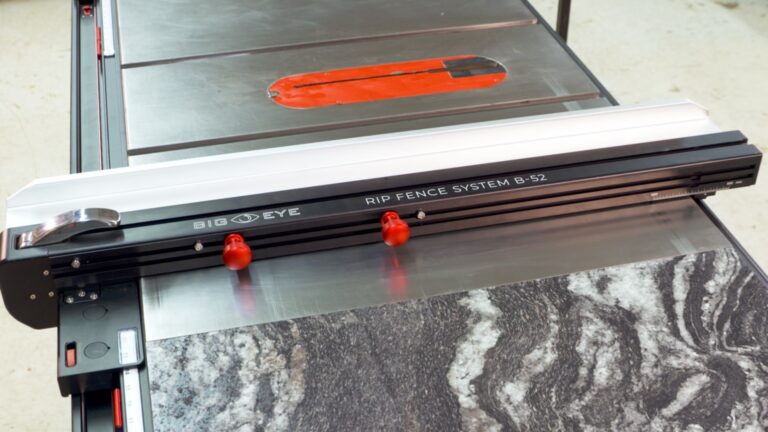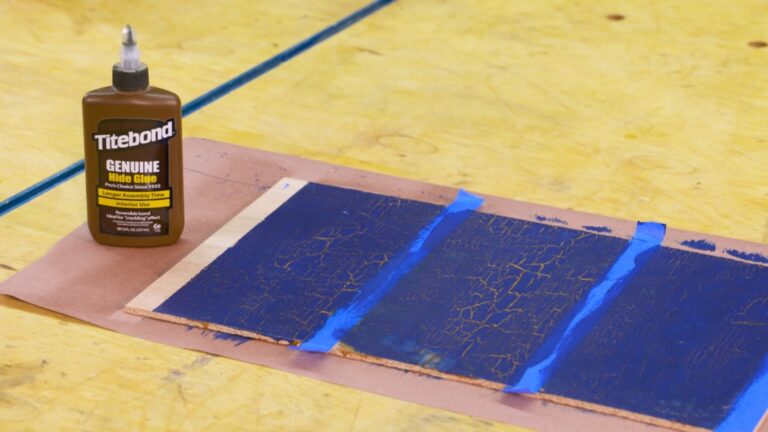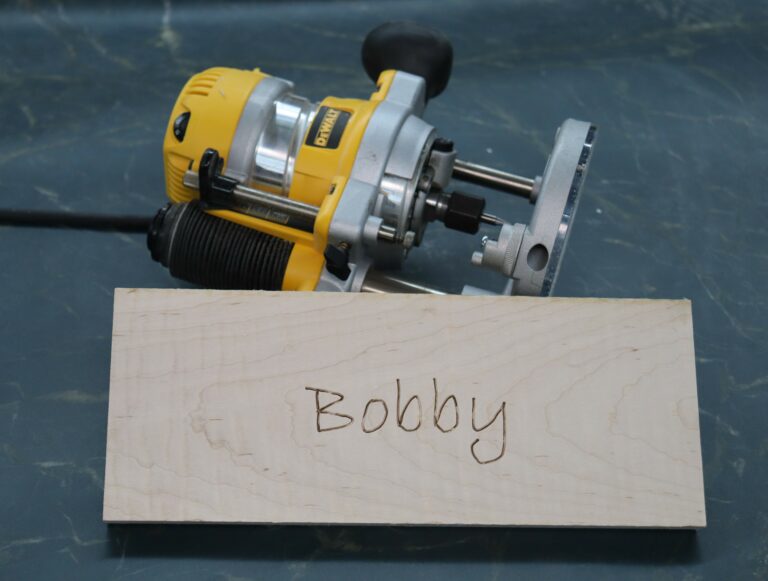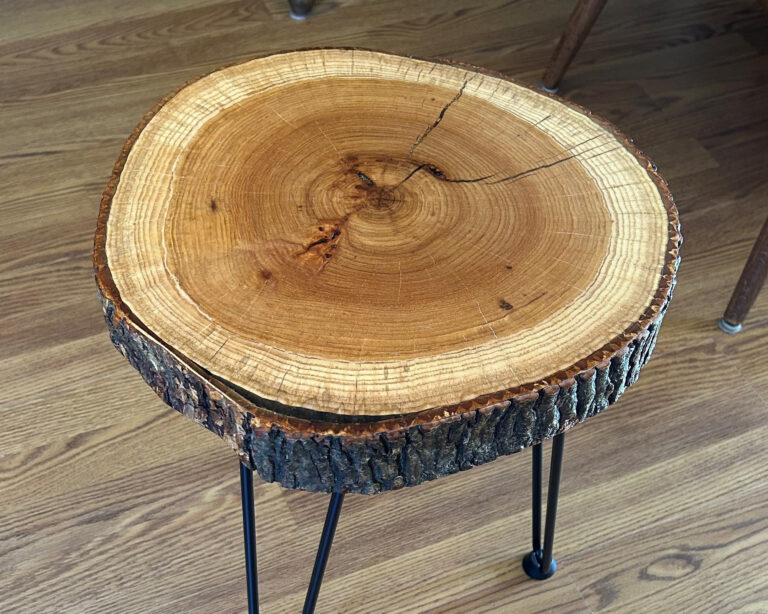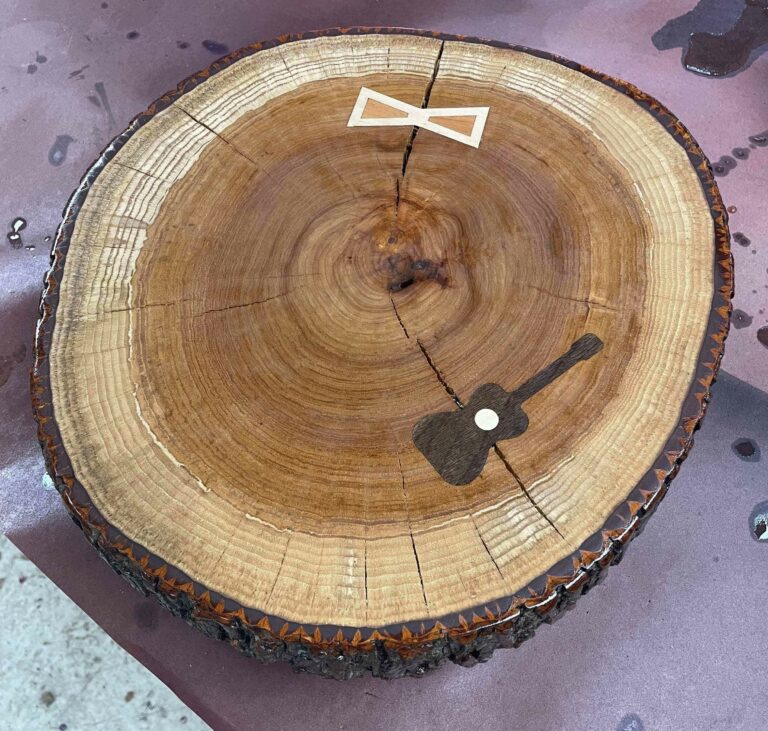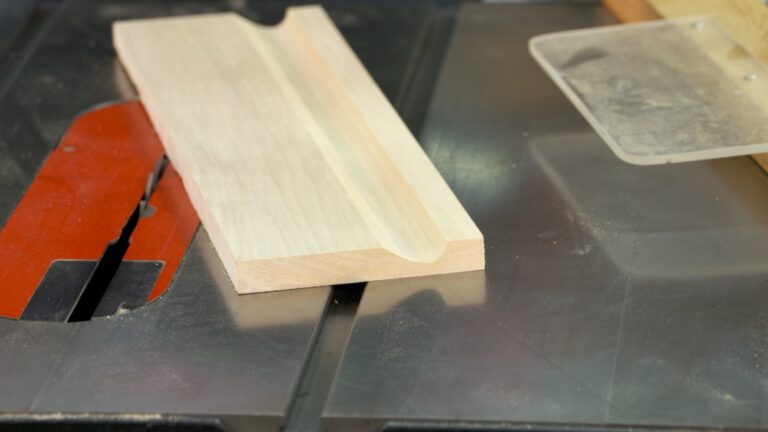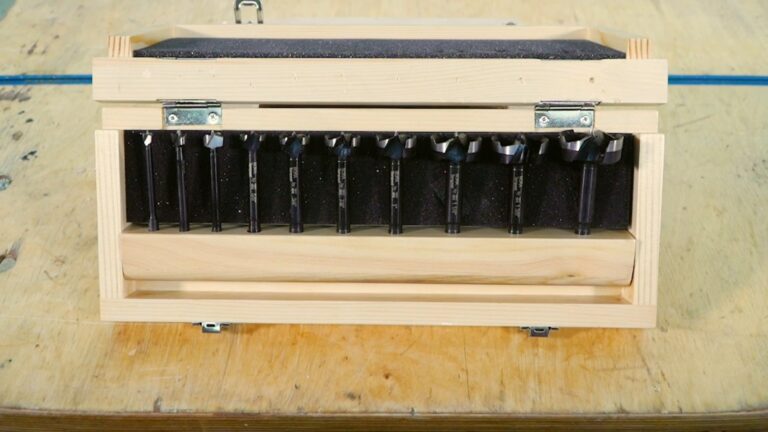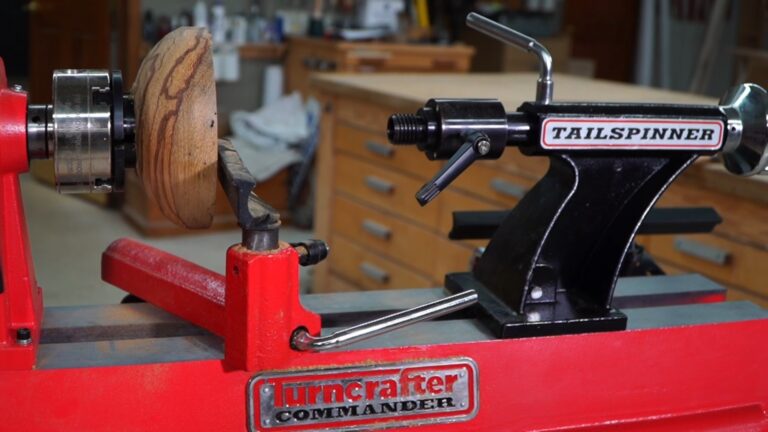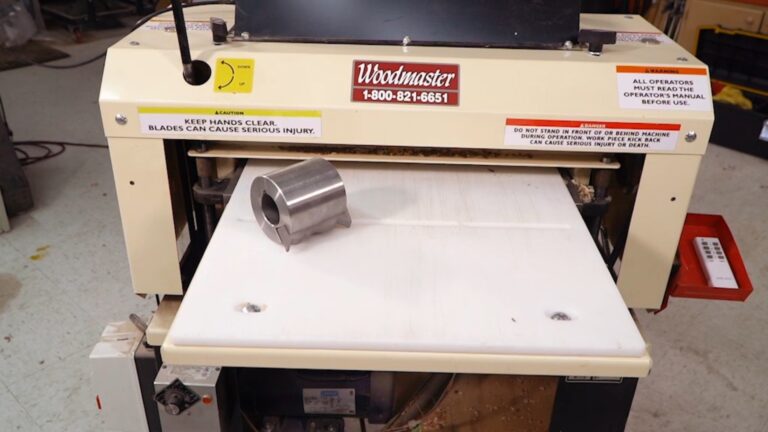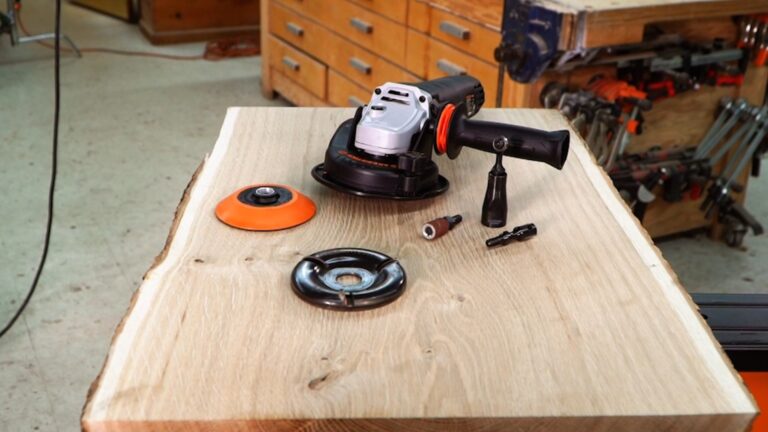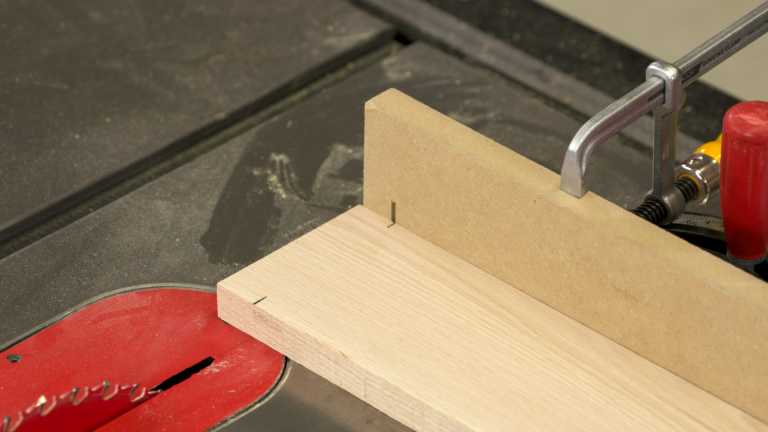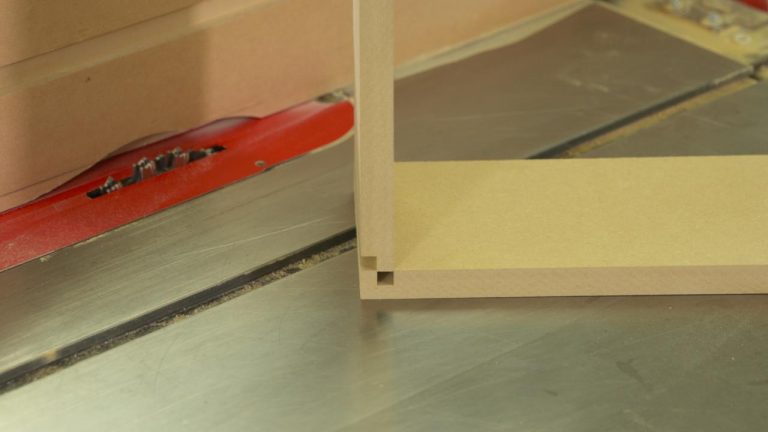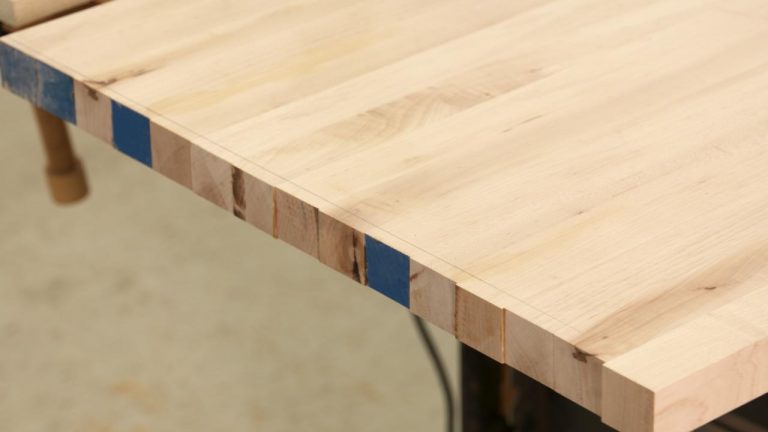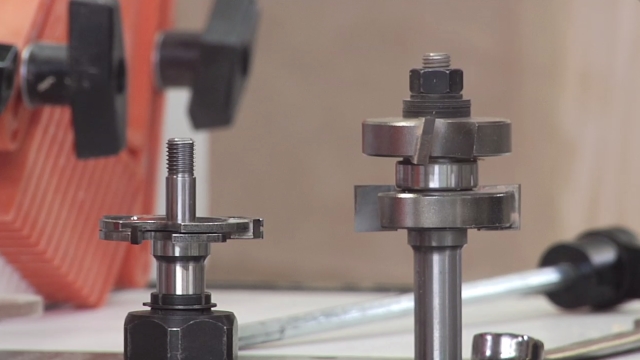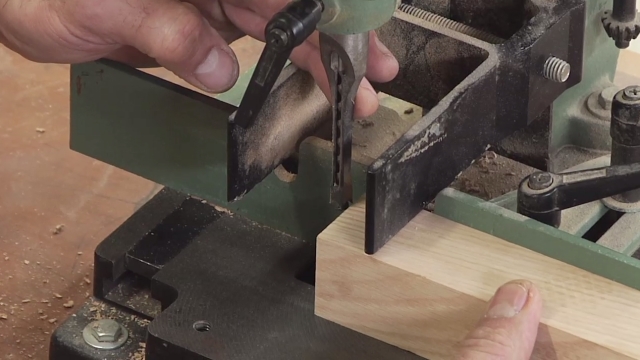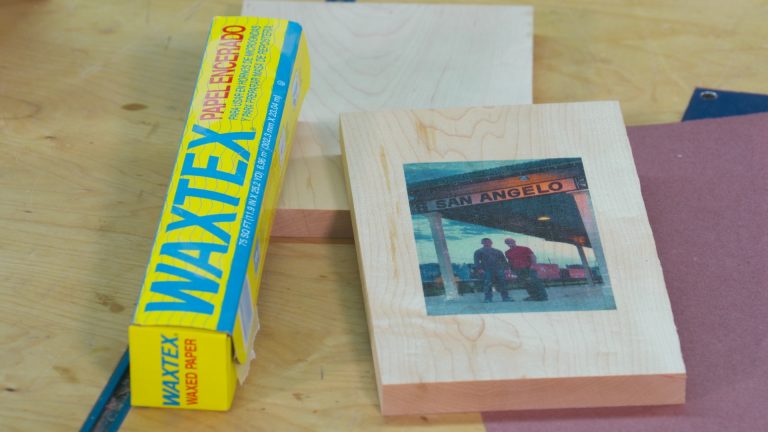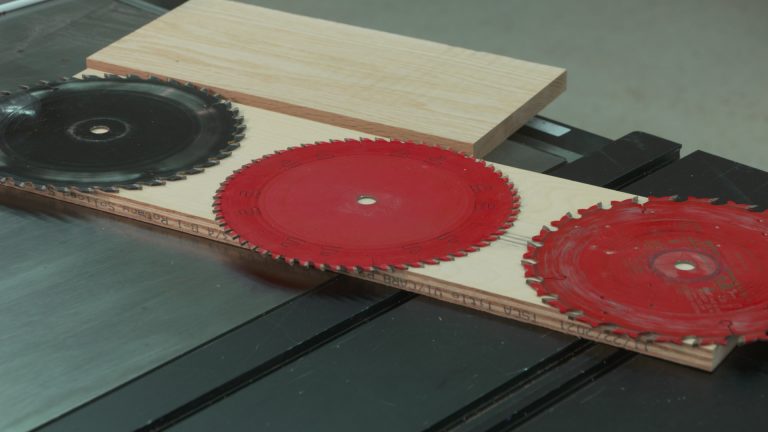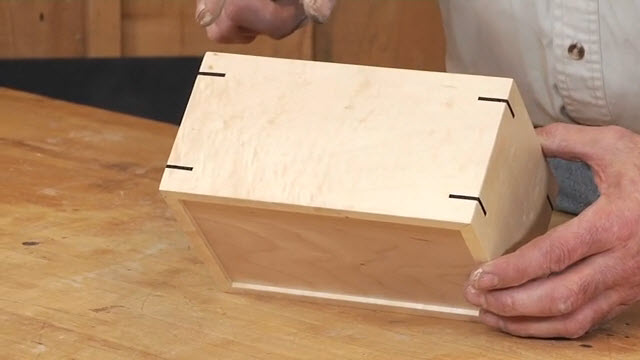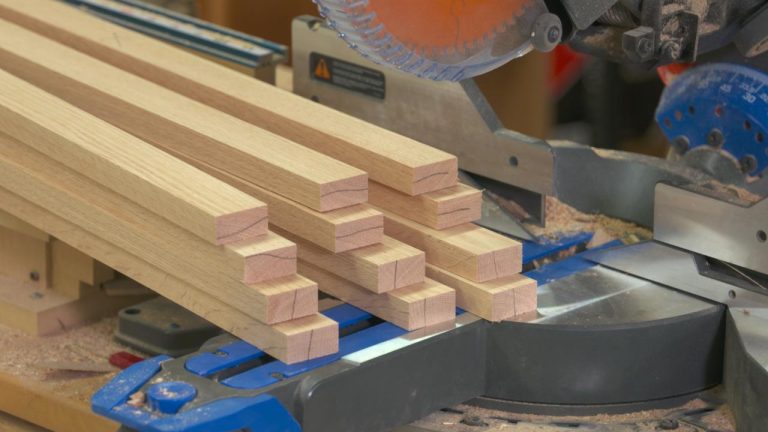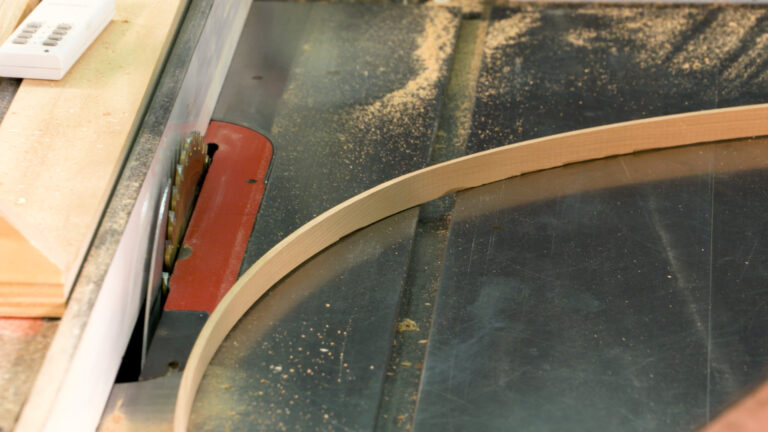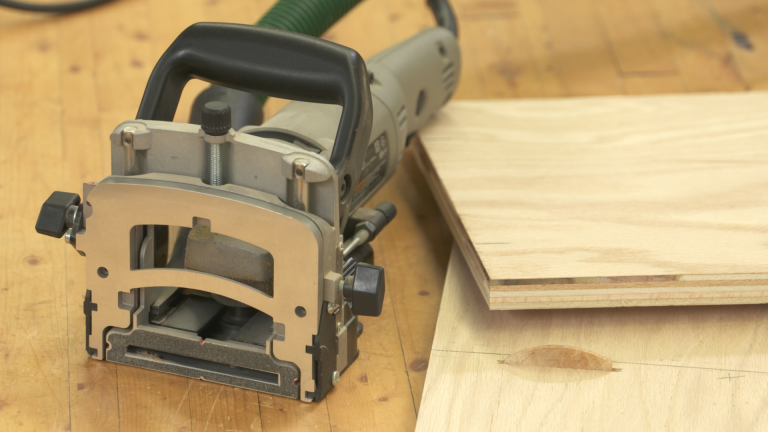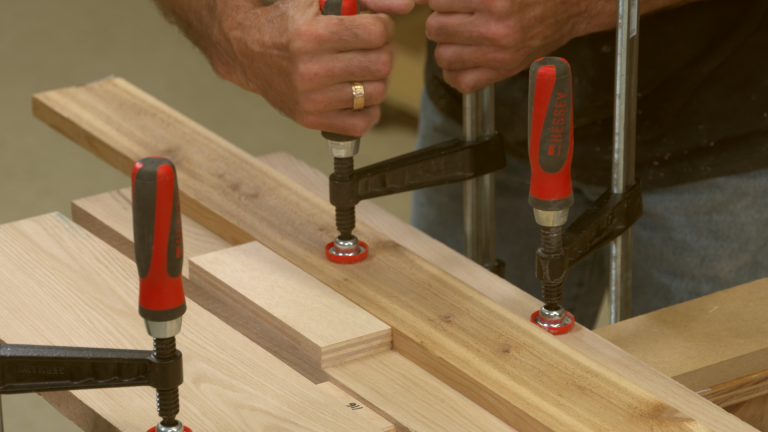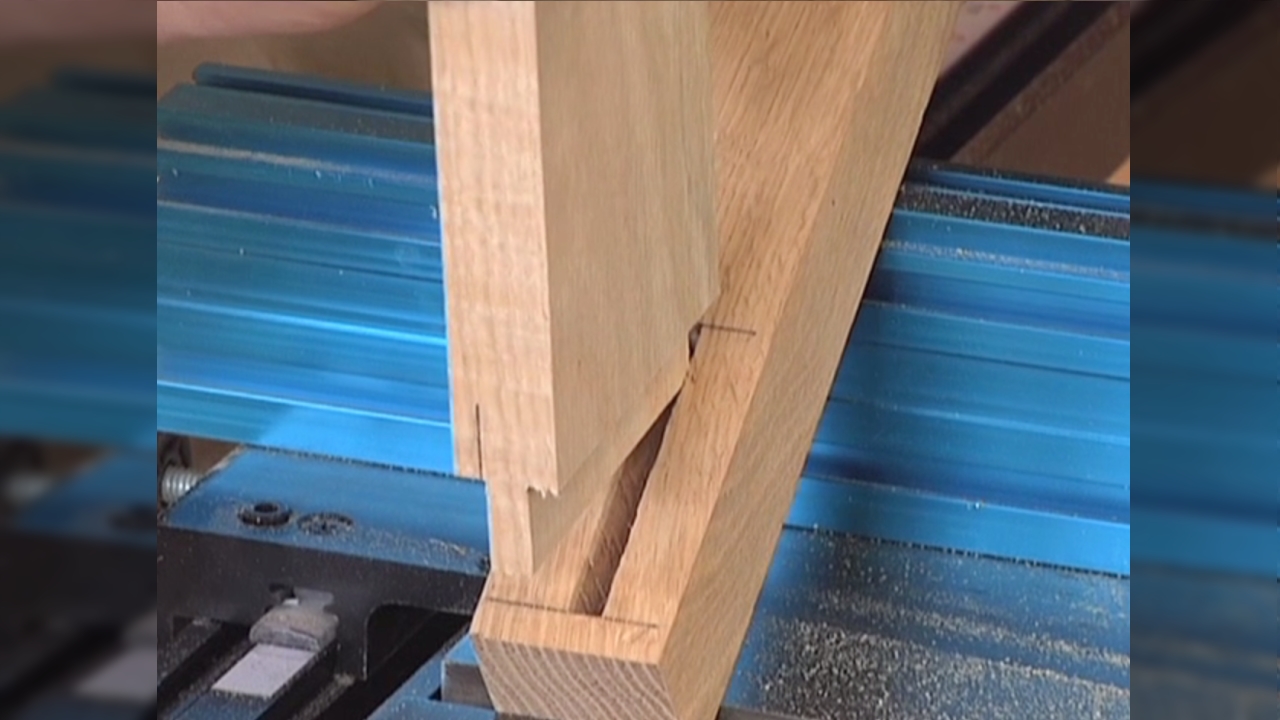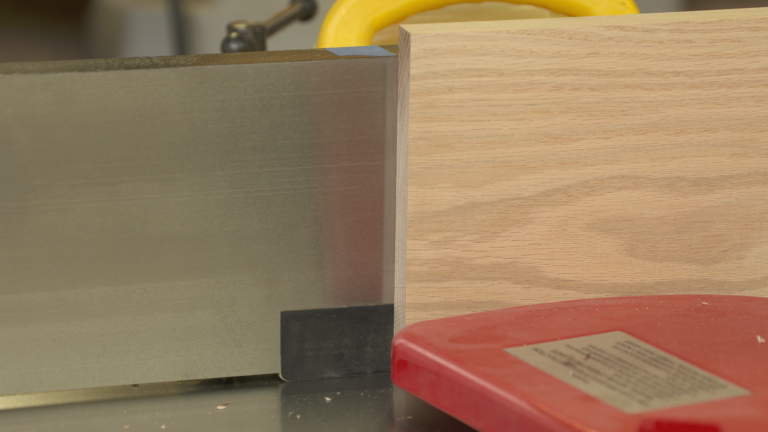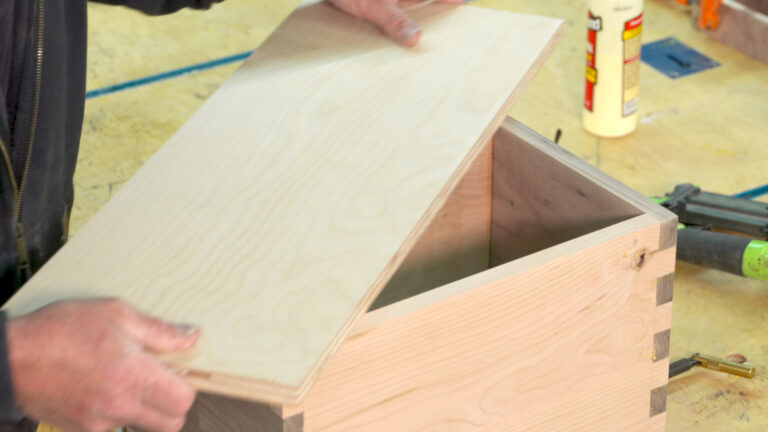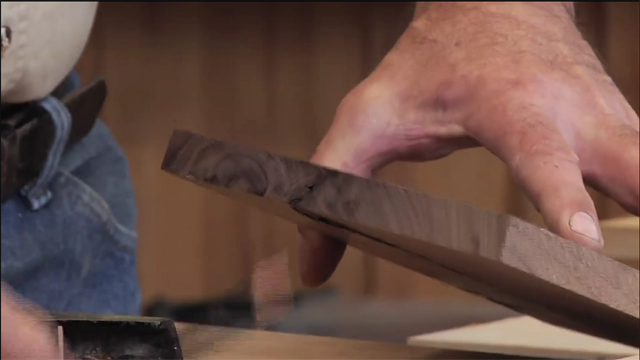
Cross Halving Joint: Narrow Stock
George VondriskaA cross halving joint is a strong, simple joint that is commonly used in applications ranging from simple boxes, to furniture, or complex egg crate inserts. As with many aspects of woodworking, there are a variety of ways to create a cross halving joint. Methods for creating this joint might involve a table saw, bandsaw, hand saw, chisels, or other shop tools. The right approach for you might depend on the size of joint you want to form, the tools you have on hand, and which approach you feel most comfortable with. The approach that George teaches here is a proven technique for creating consistent, high quality results.
George uses different approaches for a cross halving joint depending on the width of materials that he is using. George’s process for milling a cross halving joint on thin materials is as follows:
Determine thickness. First, you will want to determine the thickness of materials that you want to use for your joint. The easiest approach will be to choose based on the widths that you can achieve with your dado stack.
Surface material to match. Once you have identified the desired thickness of materials used for your joint, plane your stock accordingly.
Set dado height and fence. Based on the width of your material, and the designed distance from the end of the material that you would like to position the joint, set up your dado height and position the fence accordingly.
Run material. Using the tip that George shows in the video to maintain consistency in positioning your joint, run all pieces through the milling steps.
Once you have mastered the cross halving joint, you will be ready to incorporate it into your next project.
Explore videos by George Vondriska
You may be interested in
Premium Membership
Unlock exclusive member content from our industry experts.
- 24/7 Access to Premium Woodworking Videos, Projects, and Tips
- Step-by-Step Instructional Demos, Plans, and Tutorials
- 50% Off Video Downloads Purchased in the Woodworkers Guild of America Shop
- 2 Printable Woodworking Plans
Unlock exclusive member content from our industry experts.
- 24/7 Access to Premium Woodworking Videos, Projects, and Tips
- Step-by-Step Instructional Demos, Plans, and Tutorials
- 50% Off Video Downloads Purchased in the Woodworkers Guild of America Shop
- 2 Full-Length Video Downloads to Watch Offline
- 2 Printable Woodworking Plans
Gold Membership
$370 Value
Get everything included in Premium plus exclusive Gold Membership benefits.
- 24/7 Access to Premium Woodworking Videos, Projects, and Tips
- Step-by-Step Instructional Demos, Plans, and Tutorials
- 8 Full-Length Video Downloads to Watch Offline
- 3 Full-Length Woodworking Classes to Keep for Life
- 7 Printable Woodworking Plans
- Discounts on Purchase-to-Own Content in the Woodworkers Guild of America Shop
- Access to Ask the Expert Program
- Exclusive GOLD LIVE Streaming Events
